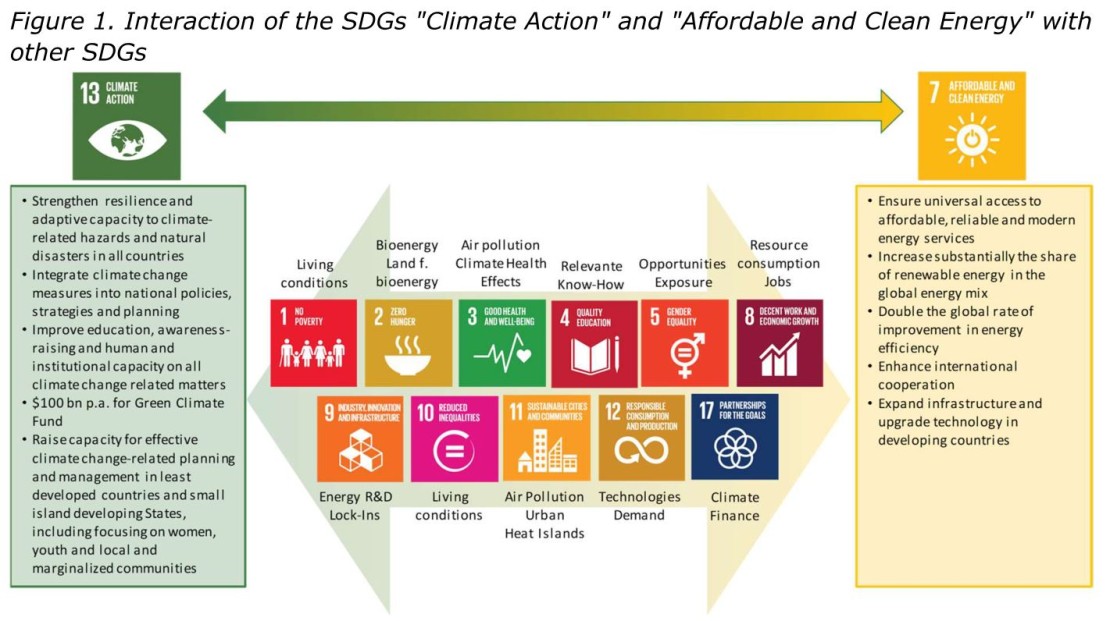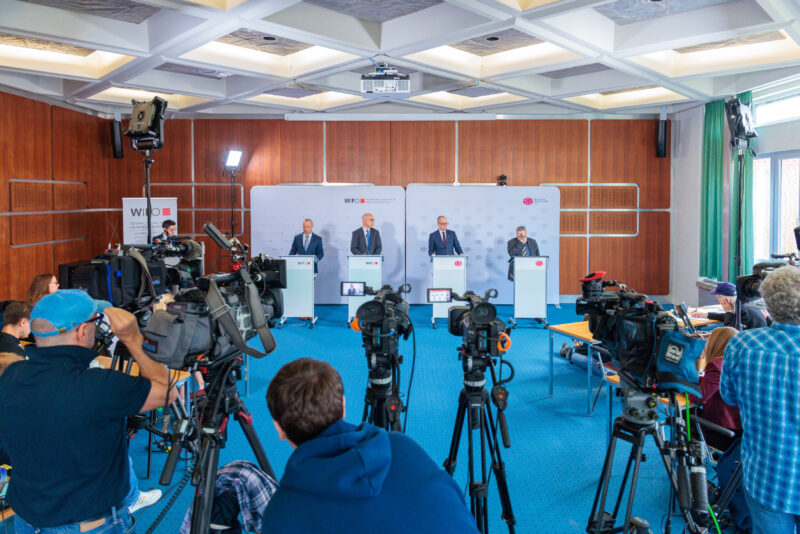
Sustainable Development Goals
Both the UN Sustainable Development Goals (UN SDGs) and the Paris Agreement imply ambitious long-term targets that can only be met with a fundamental restructuring of economic and social systems. The set of indicators developed by the WIFO environmental economists Claudia Kettner-Marx, Daniela Kletzan-Slamanig and Angela Köppl in cooperation with the IHS researchers Beate Littig and Irina Zielinski goes beyond the approaches that mainly focus on progress based on the UN indicator set.
The indicators cover the entire energy system and the three dimensions of sustainable development. The approach combines an energy service centred perspective with research on energy and climate indicators and embeds the indicator framework in a broader socio-ecological context. For four key sectors of energy demand (households, transport, industry and services) a set of 118 high-level energy indicators has been assembled that can be further disaggregated into about 387 detailed indicators. For electricity and heat supply, a set of 25 energy indicators has been compiled, which can be disaggregated into about 130 detailed indicators differentiated by energy source and type of plant. Interactions (i.e. synergies and conflicts) between the different target dimensions and the corresponding indicators must be carefully examined. Given the complexity of the issue and the lack of suitable indicators, as well as gaps in data availability, it is difficult to interpret certain observable trends. This should be kept in mind when using the indicator system for policy analysis.

Publications
- Claudia Kettner-Marx
- Daniela Kletzan-Slamanig
- Angela Köppl (WIFO)
- Beate Littig
- Irina Zielinska
Please contact
























